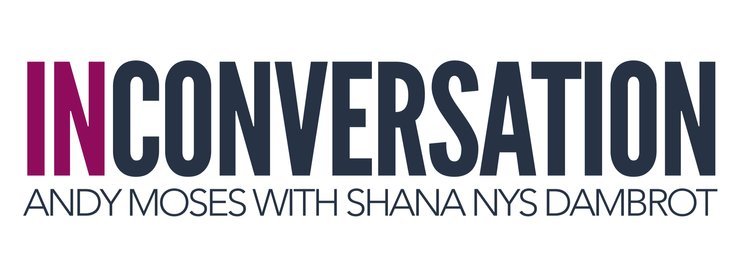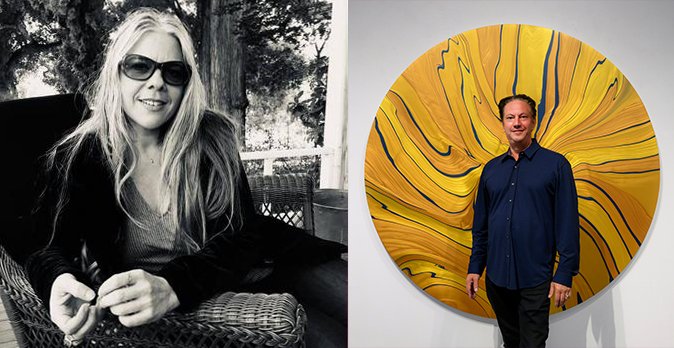Andy Moses will have a Laguna Art Museum survey exhibition opening March 2026 and a survey exhibition opening in May of 2027 at MOAH. MOAH recently acquired the 2010 painting Aqaba for their permanent collection.
Mark your calendars and join us for an exciting evening of art and thought provoking conversation, as Andy Moses discusses his work and artistic journey with art critic, curator and author, Shana Nys Dambrot.
The two will discuss the artist's practice, spanning over thirty years and culminating in this excitingly ambitious new body of large-scale works.
Shana Nys Dambrot is an art critic, curator, and author based in Downtown LA. She is the Arts Editor for the L.A. Weekly, and a contributor to Flaunt, Artillery, and other culture publications. She studied Art History at Vassar College, curates and juries exhibitions, writes prolifically for exhibition catalogs and monographic publications, and speaks at galleries, schools, and cultural institutions nationally. She is the recipient of the 2022 Mozaik Future Art Writers Prize, the 2022 Rabkin Prize for Art Criticism, and the LA Press Club National Arts & Entertainment Journalism Critic of the Year award for 2022.
Andy Moses attended the legendary CalArts from 1979-1981, studying with John Baldessari, Michael Asher and Barbara Kruger. In 1982, Moses moved to New York where he worked as a studio assistant to Pat Steir and quickly became part of New York's nascent art scene. Moses began exhibiting with Annina Nosei Gallery, shortly after Jean-Michael Basquiat. During that time Moses also developed close ties with artists such as Jeff Koons, Marilyn Minter, Rudolf Stingel and Christopher Wool, who were also just emerging onto the scene.
After eighteen years in New York, Moses returned to Southern California in 2000, where the change in coasts led to a significant shift in his work. In New York, the artist's work had explored the macro / micro influences of nature, conveying a sense of gravitational and geologic forces. In returning to California, the scope of Moses’s work expanded, as he was once again inspired by the unique effects of light glancing off waves, and the vast sky-scapes he encountered on his daily drive down the Pacific Coast Highway. The artist began exploring materials that would capture the mercurial aspects of perception, where slight shifts in perspective would reveal dramatic shifts in impression. Accordingly, Moses’ work began to incorporate many of the qualities now associated with the Southern California Light and Space movement, where the work of art became less an “art object”, and more of a “catalyst” for one’s experience of what and how they are perceived. Suggesting panoramic space, Moses began introducing concave and shaped panels to further investigate how light and its wave-lengths would curl and flex with refractive paints. These bold new paintings quickly found their audience and brought Moses to the attention of museums and major collectors alike.
Andy Moses’ work is included in the permanent collections of Los Angeles County Museum of Art, The Buck Collection, Orange County Museum of Art, Laguna Art Museum, the Jordan Schnitzer Family Foundation, and the Frederick R. Weisman Art Foundation. He currently lives and works in Venice, CA.









